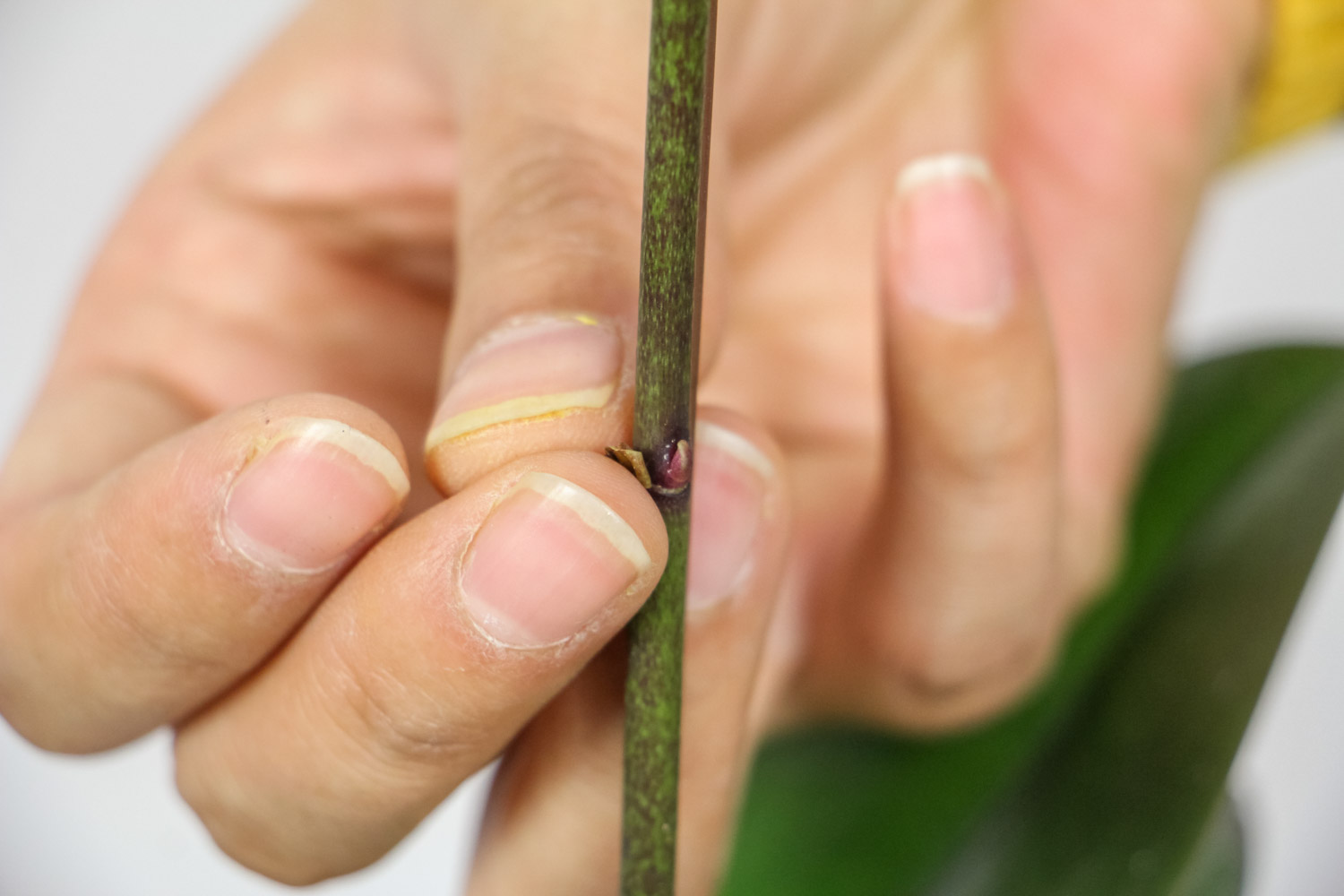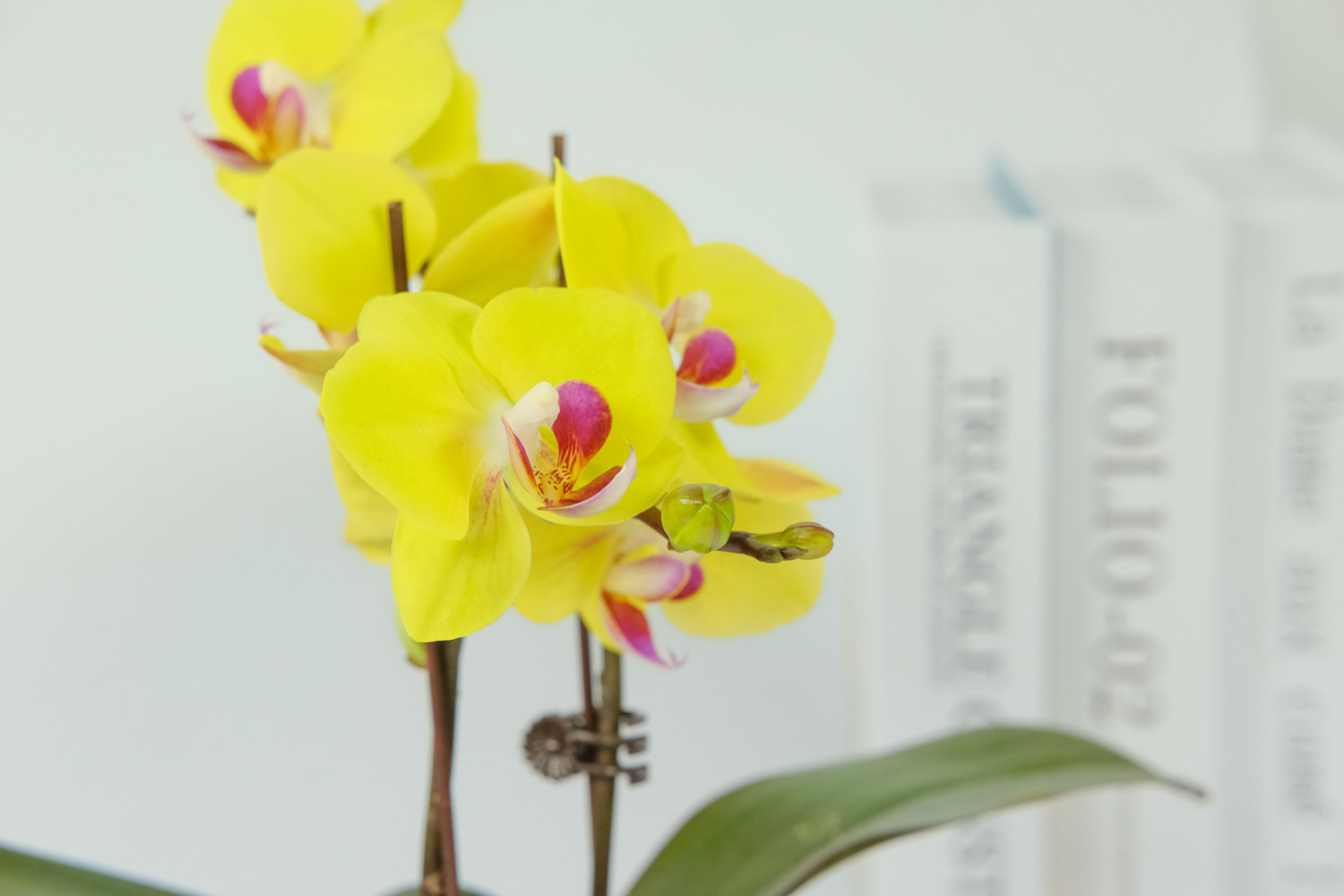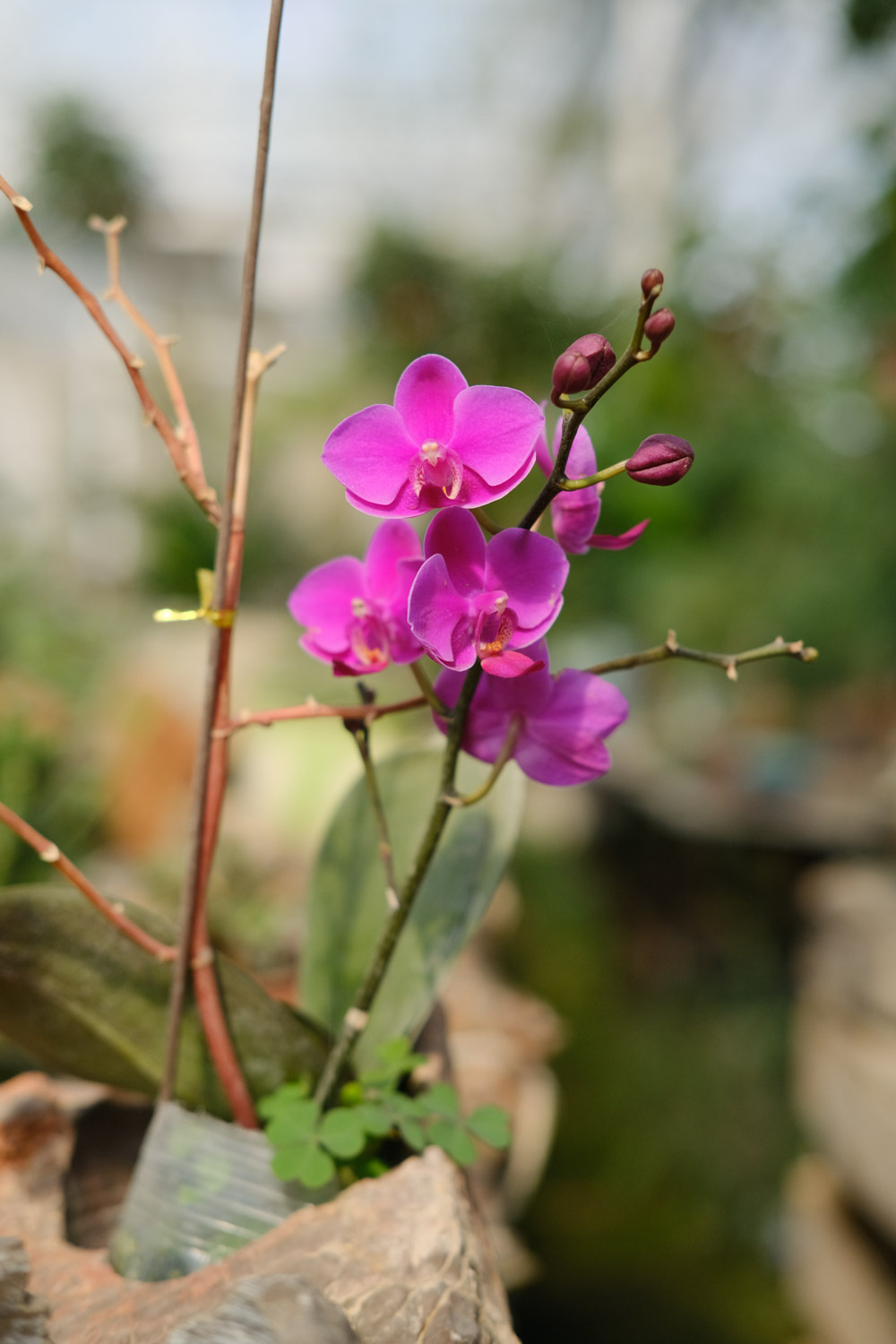Select hole flowerpot
About the choice of Phalaenopsis flowerpot, the first one is the plastic basin. What is recommended here is the set basin! The basin inside is a transparent plastic basin with holes around and at the bottom
For the outer basin, the plastic basin with no hole at the bottom is selected, but pay attention to punch holes on the side wall of the flowerpot, and the height of the holes is flush with the bottom of the inner basin
The second is the most familiar red pottery basin for our novice orchid cultivation, which is very suitable for matching with water moss
When we choose to use red pottery pots, we need to pay attention to the flowerpots with many holes in the bottom and wall, and the newly bought flowerpots should be soaked in water for one night before use

How to plant Phalaenopsis
In terms of plant materials, we can choose bark, water moss, snake wood, coconut bran, ceramsite, fine brick and stone, etc. for flower friends in the north, the air is relatively dry. It is recommended to use water moss to maintain Phalaenopsis
Before using the water moss, soak it in hot water, and then screw it dry for standby. Before putting into the basin, fill the root pocket of Phalaenopsis with water moss, put a drain cover in the middle, and then wrap the water moss outside the root
Gently press the Phalaenopsis into the flowerpot, and then fill it with water moss with small iron wire. Don't plug it too tightly. Just 80% tightness. After plugging, cover the top with a layer of water moss

Daily maintenance
In the maintenance of Phalaenopsis, it is better to scatter light. We can feel the intensity of the sun with our hands. The sun is soft but not irritating on the back of our hands. Just touch the leaves without heating
Now it's autumn. We should slowly increase the light, and gradually adapt to the full sunlight in winter. However, due to different local environments, the illumination should be handled as appropriate
2. Temperature and humidity
The temperature of Phalaenopsis in the growth period is best controlled between 20 ~ 30 ℃, and it will stop growing when it is higher than 35 ℃ or lower than 18 ℃
In terms of humidity, it is best to keep it at 75% ~ 80%. If it is during the slow seedling period, higher air humidity may be required. We can humidify it by spraying water and using humidifier
3. Moisture
Watering, usually often weigh its weight, feel lighter; Touch the water moss at the vent hole of the basin bottom with your hand, or directly insert your hand into the water moss, and then water it when it feels dry
If it is cured with bark, the water retention is poor, so it should be watered frequently compared with water moss
4. Ventilation
No matter what plant it is, if you want to maintain it well at home, you should pay attention to more ventilation. Poorly ventilated potted plants not only grow poorly, but also lead to plant decay and various diseases and pests~
5. Fertilization
We can apply comprehensive fertilizer of nitrogen, phosphorus and potassium from 2 weeks after anthesis; When urging flowers, you can apply phosphorus and potassium fertilizer, and increase the light, until the flower bud grows to the size of peanut kernel, you can stop fertilizer

What should I do after the flowers fail
For the Phalaenopsis we bought back, after appreciating its beauty and flower failure, we should cut off the flowers in time to reduce the consumption of plants and store nutrients for the next flowering


 how many times do yo...
how many times do yo... how many planted tre...
how many planted tre... how many pine trees ...
how many pine trees ... how many pecan trees...
how many pecan trees... how many plants comp...
how many plants comp... how many plants can ...
how many plants can ... how many plants and ...
how many plants and ... how many pepper plan...
how many pepper plan...



























